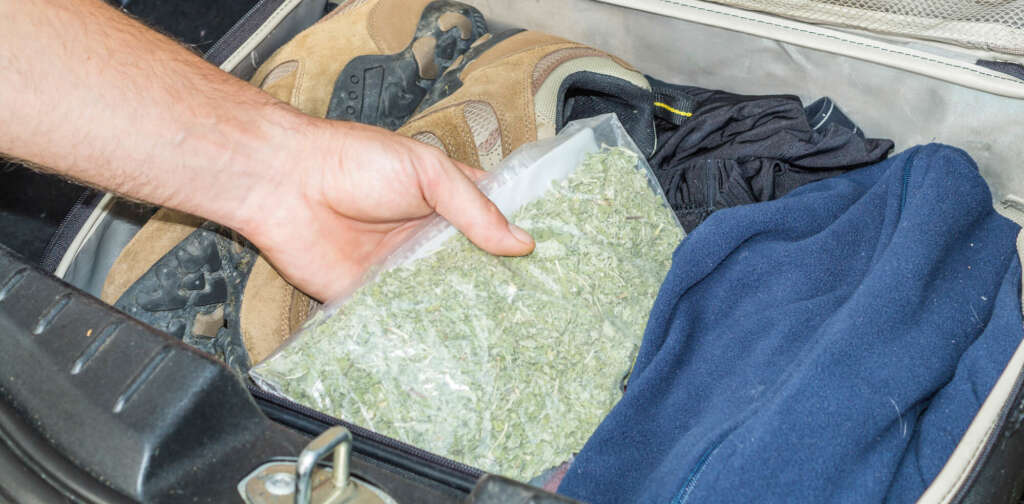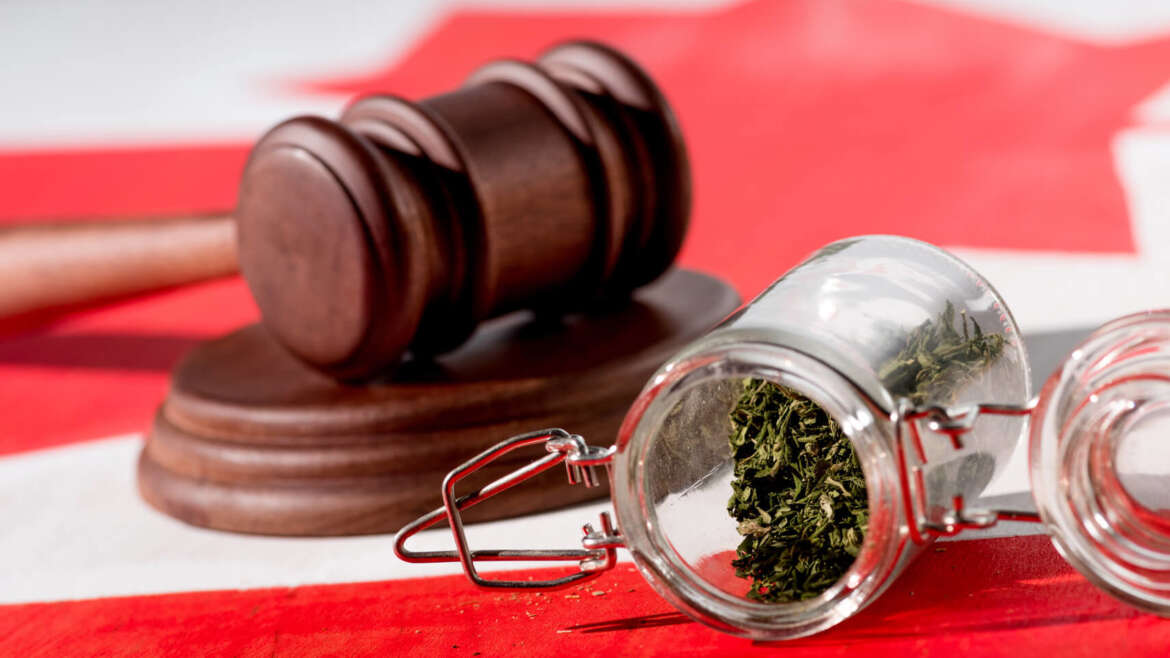A Brief History of the Law Relating to Marihuana in Canada Before the Cannabis Act
In the 1920s, the Canadian government criminalized cannabis (Opium and Narcotic Drug Act, 1923). In 1937, someone was arrested and charged with marihuana possession for the first time in Canadian history. The message at the time was clear: marihuana was not just bad, it was illegal. And, at least according to Hollywood, this was for good reason. Films like Reefer Madness (1936) promoted mass hysteria about the mysterious flower by depicting a group of high school students who, after trying marihuana, go on a crime spree that includes a hit and run, manslaughter, conspiring to murder, and sexual assault. As Justice O’Donnell explains in R. v. Bao, 2018 ONCJ 136 (para. 18), thankfully, we’ve made strides since then:
Canadian society has come a tremendous distance from the hysterical and fear-mongering outlook towards cannabis characterized by films such as Reefer Madness in the 1930s (and criminal law policies that were not much more rational than that film), to a more nuanced view that, while cannabis use presents some very real dangers, especially for some groups such as young people, it also has rather benign uses no worse than alcohol, as well as some medically advantageous uses, including uses that could be much safer than society’s over-reliance on prescribed opioids for pain relief, the effects of which this court sees daily.
Of note, however, it is really only in the last decade that legislators have broadened their understanding of the benefits of marihuana and better appreciated the heavy cost of trying to police against it. In 2013, lawmakers introduced Canadian regulations concerning the production, distribution and use of medical cannabis (Marihuana for Medical Purposes Regulations, MMPR). Before long, this law was struck down as unconstitutional due to the inability for patients to grow their own medicine. New legislation was put forward a few years later in 2016, which addressed this problem (Access to Cannabis for Medical Purposes Regulations, ACMPR). While the ACMPR filled in some of the MMPR’s legislative gaps, even still, marihuana ‘legalization’ was, at least as of 2016, still limited to medicinal possession.
Recent Changes Surrounding Cannabis Throughout Canada
Finally, in 2018, the Cannabis Act (Act) was created, which legalized recreational cannabis use nationwide. Suddenly a substance that had been criminal to recreationally possess for almost a century had become legally available. While the intent in passing this law was to remove the criminal justice system as being the de facto means to regulate personal use of cannabis by Canadians, the Cannabis Act is complicated. Moreover, failure to comply with the Act can still lead to criminal punishment and strict penalties. It is therefore important to understand this new legislation, as well as the new powers that this Act provides to police.
Briefly Summarizing The Cannabis Act: Possession Limits, Offences, and Penalties
The Cannabis Act has both welcome developments and some questionable, even vague offences. For starters, the Act removes the criminal prohibition for simple possession of less than 30 grams of dried cannabis (or its equivalent) for persons aged 18 or older. For possession of 31 to 50 grams, the Act implements a ticketing system. Subject to provincial legislation, Canadians can also grow up to four of their own marihuana plants (Quebec and Manitoba opted out of this aspect of the legislation). Adults can also share up to 30 grams of dried cannabis (or its equivalent). Further, people can buy, consume, and use cannabis derivatives, including cannabis extracts and topicals.
Because the possession limits in the Cannabis Act are based on dried cannabis, equivalents were developed for other cannabis products to identify what their possession limit would be. One gram of dried cannabis has the following ‘equivalents’:
- 5 grams of fresh cannabis
- 15 grams of edible product
- 70 grams of liquid product
- ¼ gram of concentrates (solid or liquid)
- 1 cannabis plant seed.
Put differently, and by way of example, an adult 18 years or older can legally possess 150 grams of fresh cannabis (30 x 5 = 150).
Distinguishing between adults and youths, as the Act does, is not mere coincidence. A stated purpose (s.7) of the Cannabis Act is to protect the health of young persons by restricting their access to cannabis. There are therefore restrictions against promoting or enticing youth cannabis use, including by prohibiting products that are appealing to youths (including the way products are packaged) and criminalizing the selling of cannabis through any mediums by which the age of a buyer cannot properly be controlled (e.g. it is prohibited to sell cannabis through a self-service display or vending machine). The penalties for these prohibitions are severe: they includes fines of up to $5 million or as many as 3 years in jail.
Meanwhile, as alluded to already, there are still other criminal penalties that can attach surrounding ‘misuse’ of cannabis. There are still cannabis offences in place that target those acting outside of the legal framework with penalties that are meant to be proportionate to the seriousness of the offence. Sanctions range from warnings and ticketing for more minor offences to criminal prosecution and indeed imprisonment for more serious cannabis-related offences:
| Offence (including section # in Cannabis Act) | Penalties |
| Possession over the limit (s.8) | – tickets for small amounts- up to 5 years less a day in jail |
| Illegal distribution or sale (ss. 9, 10) | – tickets for small amounts- up to 14 years in jail |
| Producing cannabis beyond personal cultivation limits (s. 12) | – tickets for small amounts- up to 14 years in jail |
| Producing with organize solvents (s.12) | – up to 14 years in jail |
| Giving or selling cannabis to a person under 18 (ss. 9-12) | – up to 14 years in jail |

Transportation Laws Surrounding Canada’s Cannabis Act
It is also an offence to take cannabis across Canada’s borders, or to use a youth to commit a cannabis-related offence. Convictions for either of these offences can result in jail terms of up to 14 years. There are also further penalties relating to cannabis-impaired driving that are set out in the Criminal Code (ss. 320.14(1)(a) or (d)). Finally, s. 13 of the Cannabis Act prohibits the possession, production, sale, distribution or importance of “illicit” cannabis. While “illicit” cannabis is defined in the Act – apparently, it’s cannabis that is sold, produced, distributed, or imported by a person prohibited from doing so, either under the Cannabis Act itself or under any provincial Act – s.13 is likely to cause enforcement problems, at least for persons in possession of “illicit” cannabis, given they may reasonably not know the cannabis they possess is “illicit.”
In Closing
So, it suffices to say, that while having some legislation legalizing recreational marihuana in Canada is a welcome development, the Cannabis Act is still fraught with potential legal pitfalls. That said, if you are being investigated or have been charged under the Cannabis Act, it is important you consult with a knowledgeable and experienced criminal lawyer today.
* This blog is not intended and does not constitute legal advice. Instead, it is intended only to provide some preliminary, legal information about Canada’s new Cannabis Act. If you are being investigated or have been charged under the Cannabis Act, contact a criminal defence lawyer immediately.



